This week Tesla held the annual Stockholders meeting followed by a special Battery Event.
In these Covid 19 days the audience comprised of neatly parked rows of Tesla cars. A rather strange view.
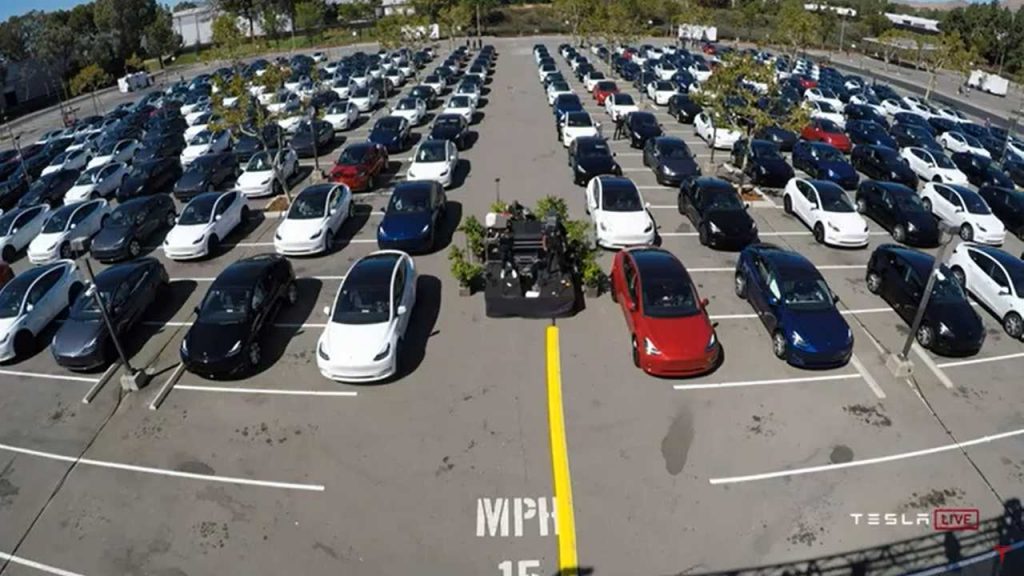
Key points
Some pundits seemed to expect that Musk would walk on stage with a new battery with new properties that would change the world or at least EVs. These folk were disappointed. Instead Musk delivered a detailed physics lesson on the construction, chemistry and structure of Batteries and the big picture covering the complete supply chain from digging a hole to making a car. As with most Musk presentations it was at times technical with a number of one liners for good measure.
Musk together with, Tesla’s Senior VP of Powertrain and Energy Engineering, Drew Baglino described important innovations in four key aspects of battery production:
Tesla is driven not just as a car company but a company that wants to accelerate the world’s transition to sustainable energy. As Musk says the sun shines only in the day and the wind blows some of the time. For the night and the no wind days you need Batteries. To power the world – transport and grid electricity – you need a lot of batteries and for that a lot of big factores to churn them out.
The numbers of KWh get crazy. The existing Gigafactory in Nevada is still under construction and far from finished yet. In mid-2018, battery production at Gigafactory 1 reached an annualized rate of roughly 20 GWh, making it the highest-volume battery plant in the world. In 2020 this is expected to grow to over 50 GWh of battery production for cars and Power Wall stationary storage.
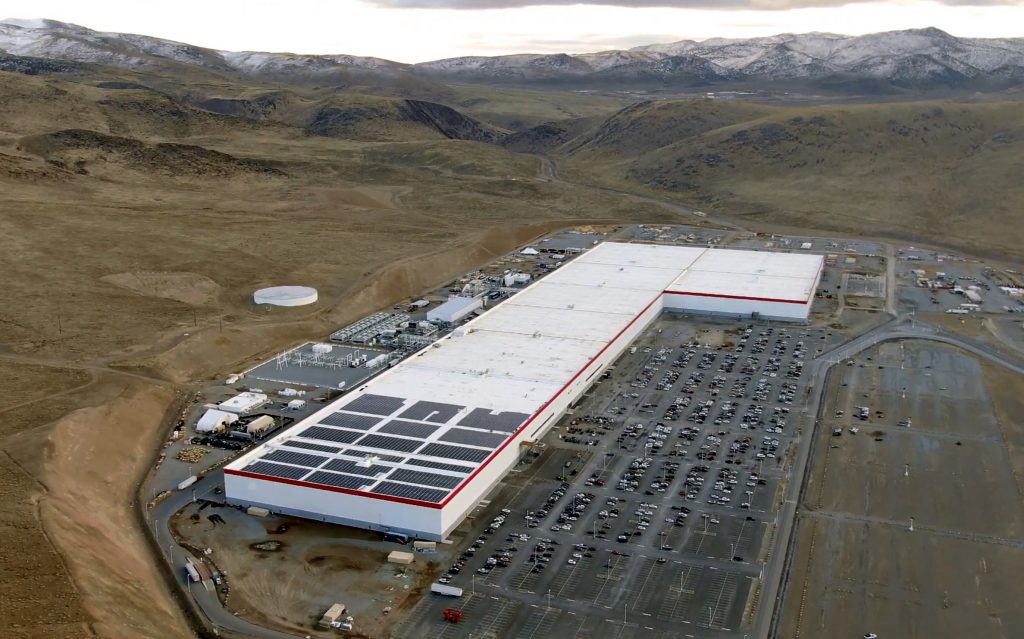
The existing Tesla Cell used in the current model 3 is called the 2170. These are roughly AA sized batteries. Length is 21mm and diamiater or width of 70mm. A model 3 has thousands of batteries.
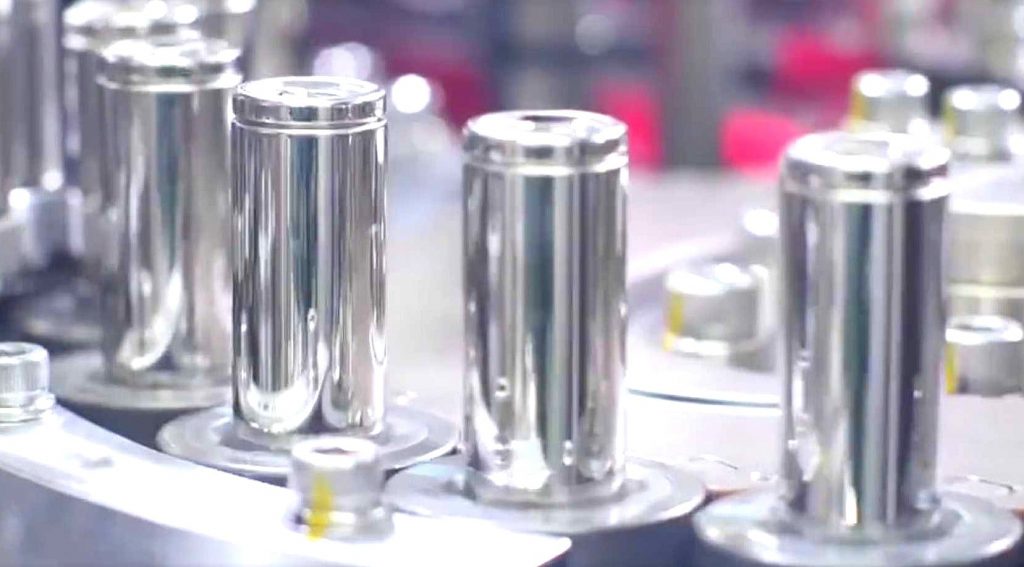
New size
Tesla plan to move to a larger battery, the so called 4680. This is much wider and shade longer than the existing 2170.
The volume and hence energy grows 5 times. The energy density was not mentioned.
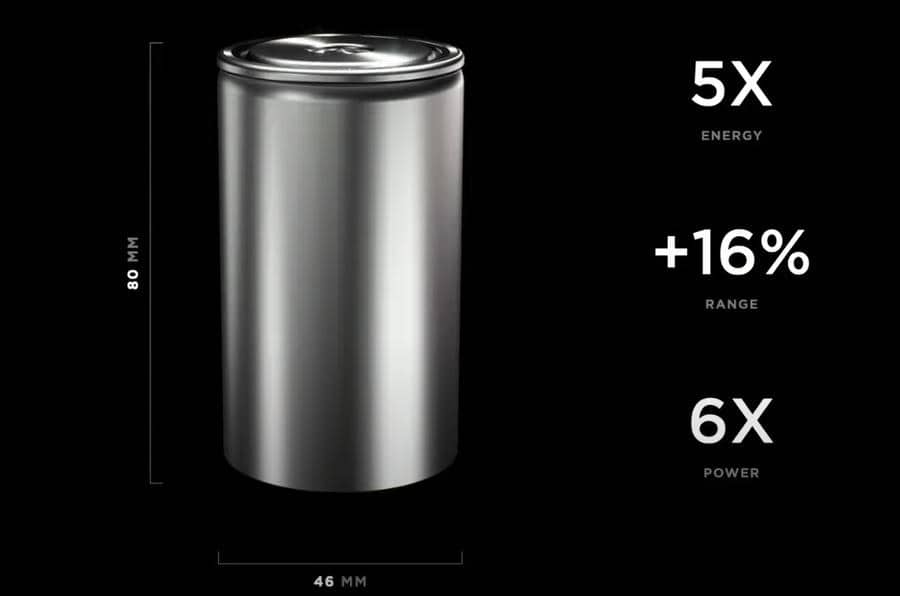
Simply making the cell larger allows an increase in capacity and a reduction in cost. Tesla claims that the larger form factor increases range by 16%, and reduces cost per kWh by 14%. However, making the cell larger makes thermal management more challenging, which Tesla has dealt with by creating a new tabless cell design that offers much less resistance compared to existing designs.
Other improvements came from the 4 key area:
- a new type of silicon that will allow more Si to be used in the anode in place of graphite, reducing costs by 5%
- a new cathode production process that eliminates waste water and uses nickel more efficiently (12% cost savings here)
- a new battery pack that forms a structural part of the vehicle, linking the large underbody castings, which could reduce overall vehicle mass by 10%
- improved and simplified manufacturing processes, including the a dry coating electrode process pioneered by Maxwell, which Elon Musk said is “close to working,” and a super high-speed assembly process that is supposed to increase production line output sevenfold
By combining all these innovations, Tesla hopes to cut the cost per kWh of battery packs in half within the next three years or so. Will that get us to the Grail? Absolutely. Industry observers are predicting that the EV industry will breach the holy $100/kWh number by 2023, but some believe that Tesla is already very close to that figure. The new, more circumspect Musk didn’t specify an exact price target, but he did say that Tesla’s three-year plan will bring the price down significantly.
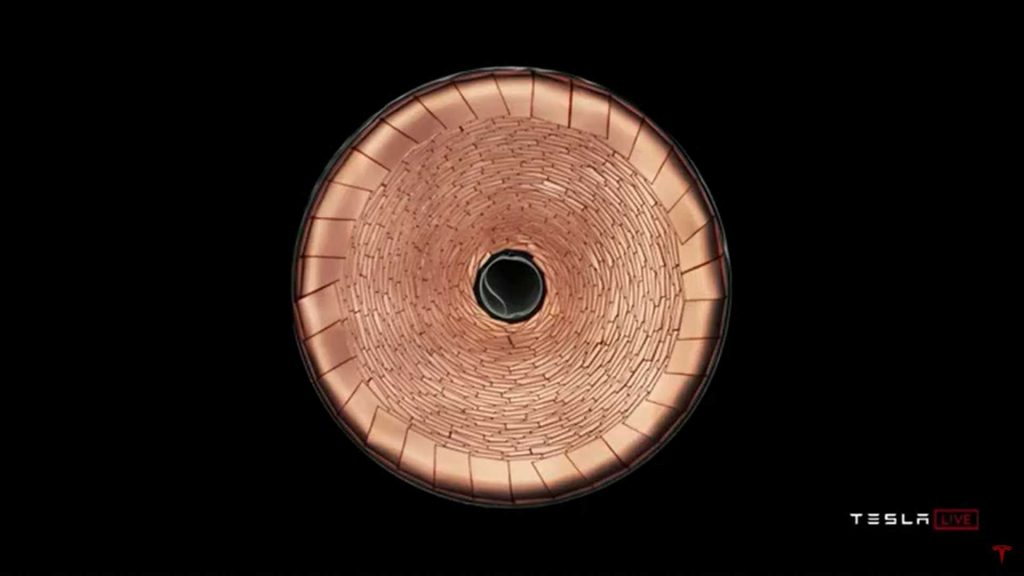
Musk and Baglino went through all the details in these improvements in considerable depth. Most of the crowd loved it. – You could tell by the horns honking. Most of the analysts probably fell asleep.
Initially Tesla will build the next-gen batteries in a test plant Fremont. The company hopes to be producing 10 GWh per annum within about a year, 100 GWh by 2023, and 3,000 GWh by 2030 in Berlin, Texas and others.
Massive vertical integration is the order of the day. Tesla is talking about mining its own lithium in Nevada (and, naturally, making production of the light white stuff more efficient, cheaper and greener).
Interesting Musk spoke about the factory logistics and design and repeated that volume manufacturing is difficult but you have to solve this to be able to make cars and batteries for less $.
To see a racap check out:
One more thing
Not to be outdone Tesla launched a new Model S version – The Plaid. Order now for late 21 delivery. The tri-motor, all-wheel drive Model S will be the quickest production car ever, with a 0-60 mph time of less than two seconds, as well as a 200 mph top speed, over 520 miles of range, and a starting price of £130,000 in the UK. A bargain for sub 2 seconds to 60.
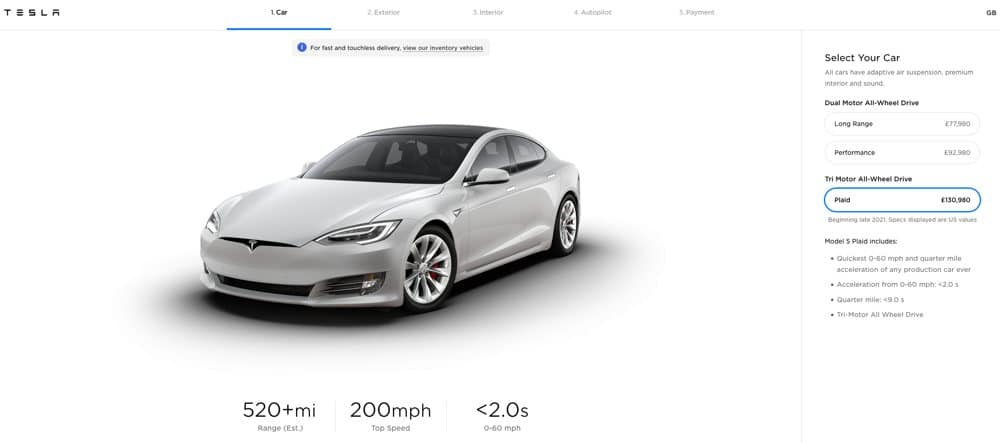
For comparison the Maclaren 765LT is powered by a tuned version of the twin-turbocharged 4.0-litre V8 engine. The supercar’s power and torque figures stand at 755bhp and 800Nm respectively, which is enough for a 0–62mph time of 2.8 seconds with and a top speed of 205mph. And £280,000 starting price.

